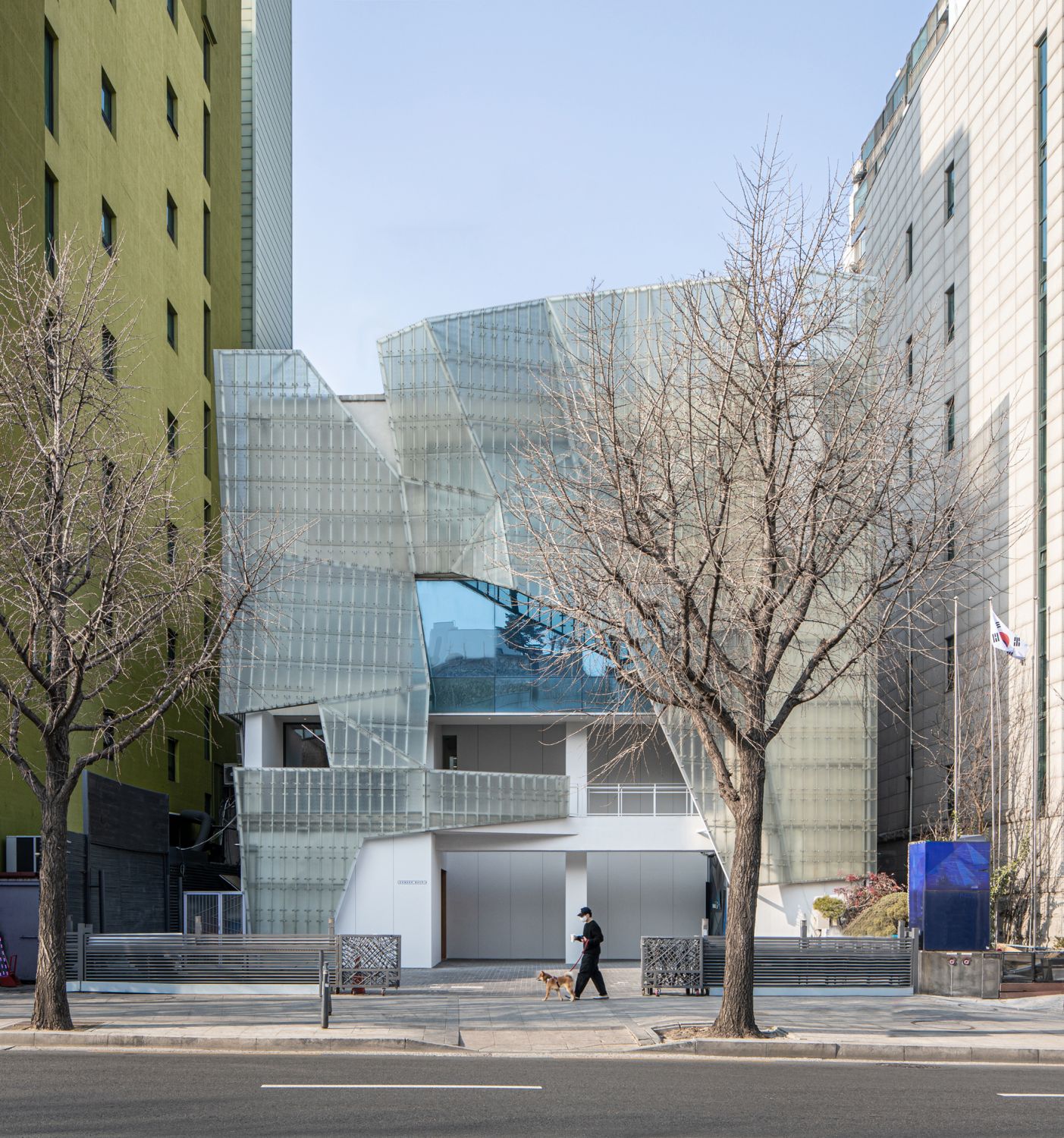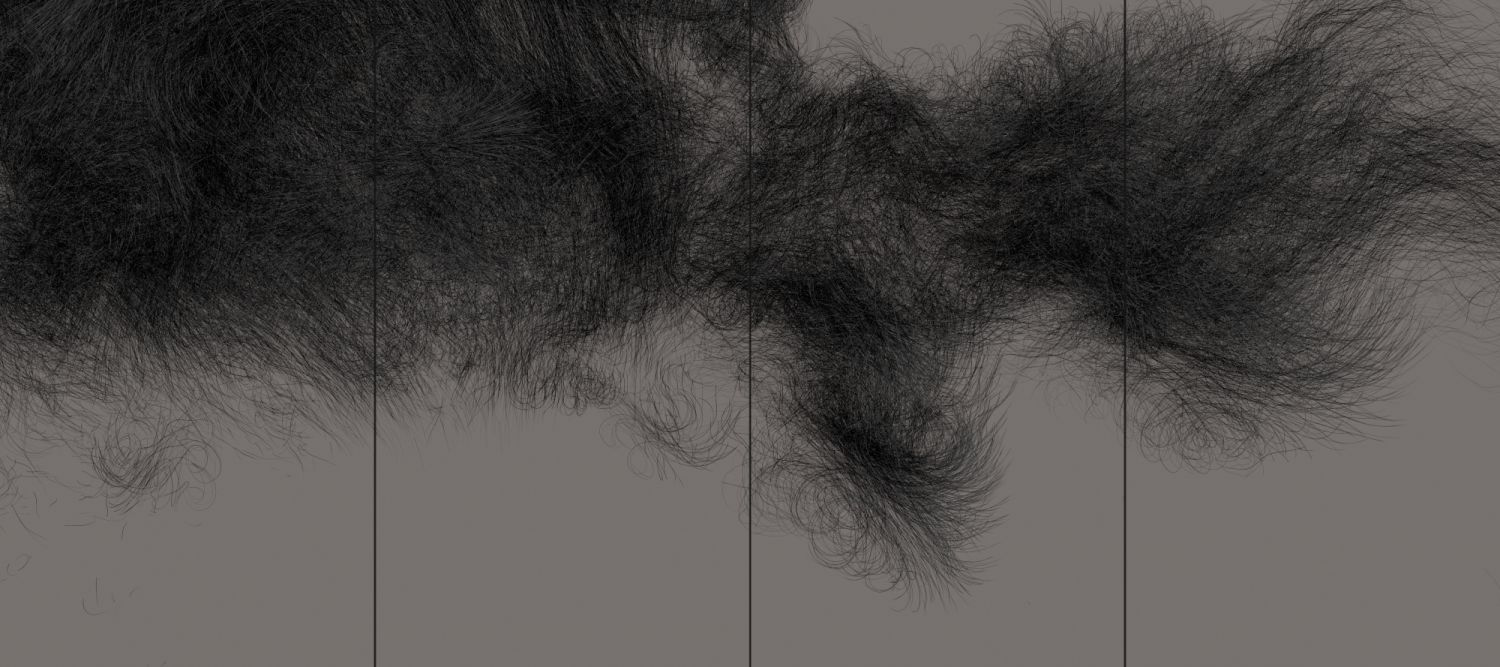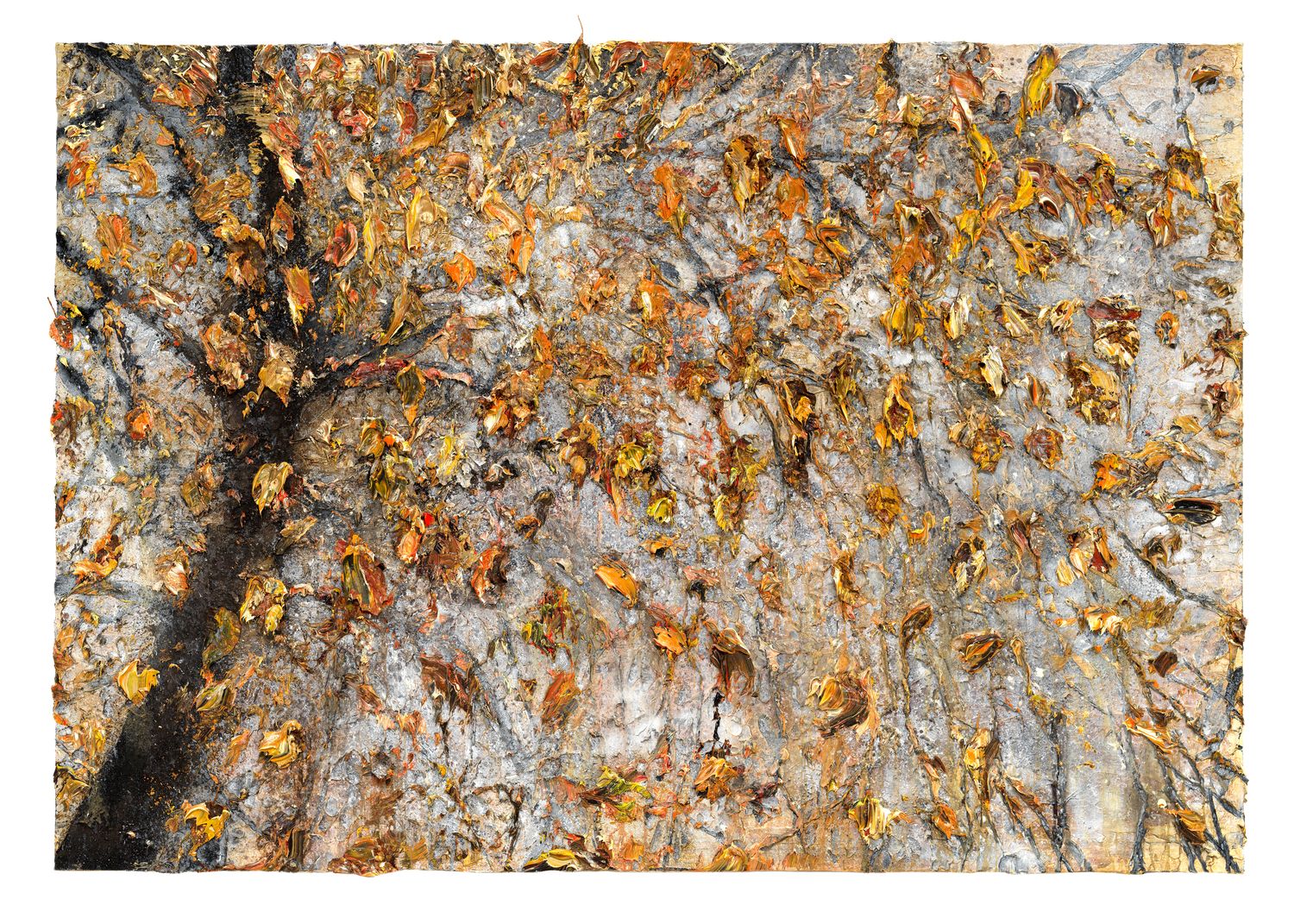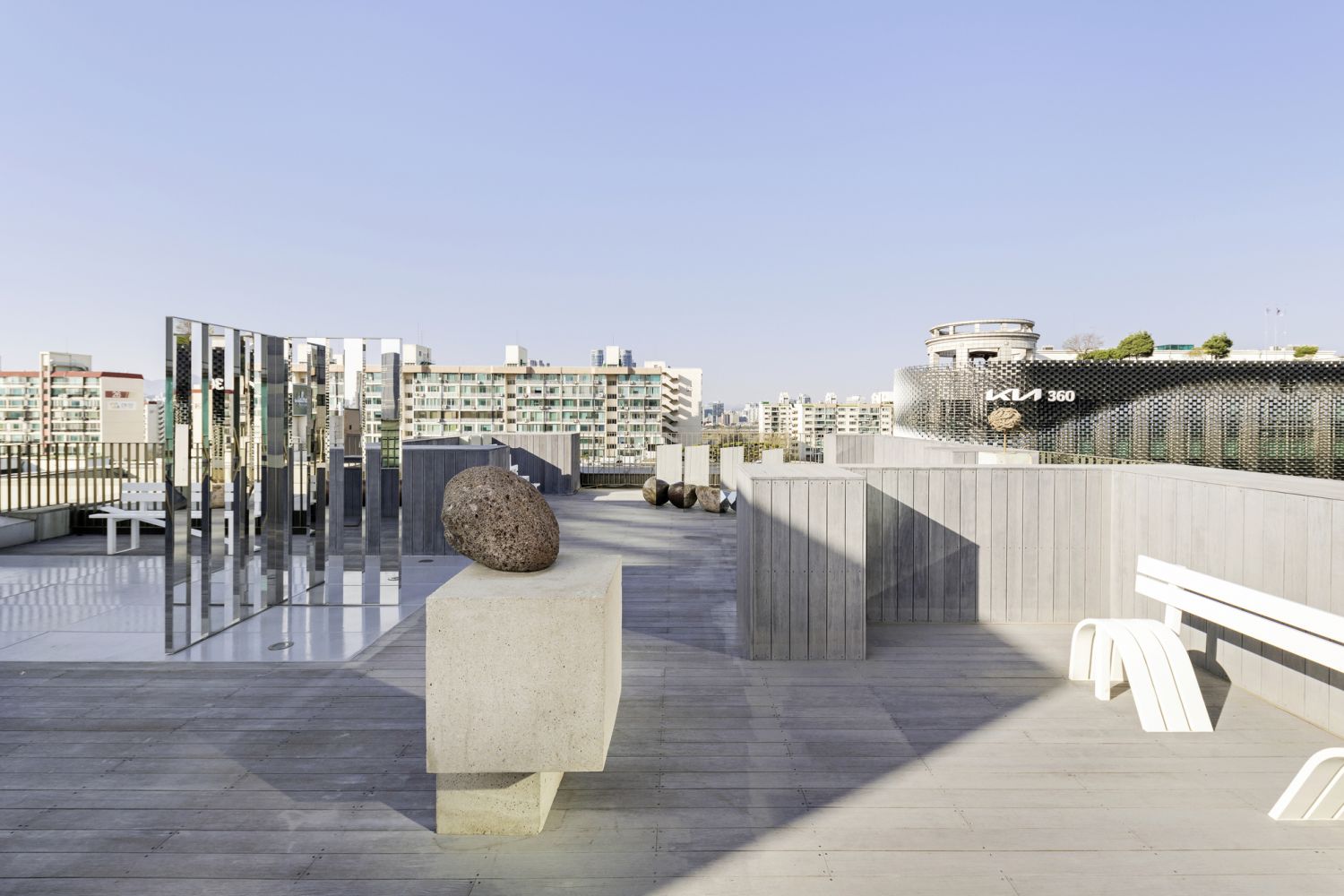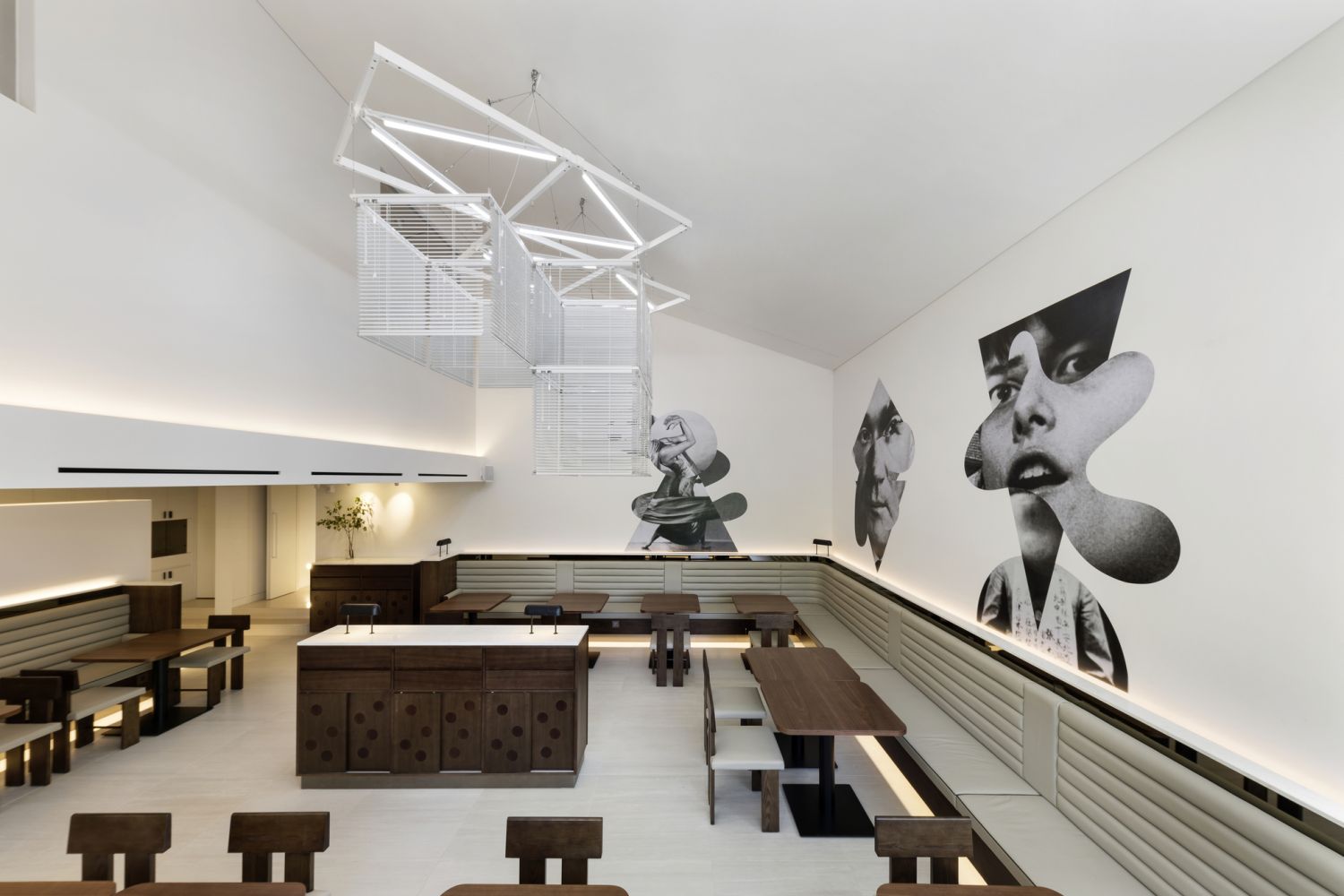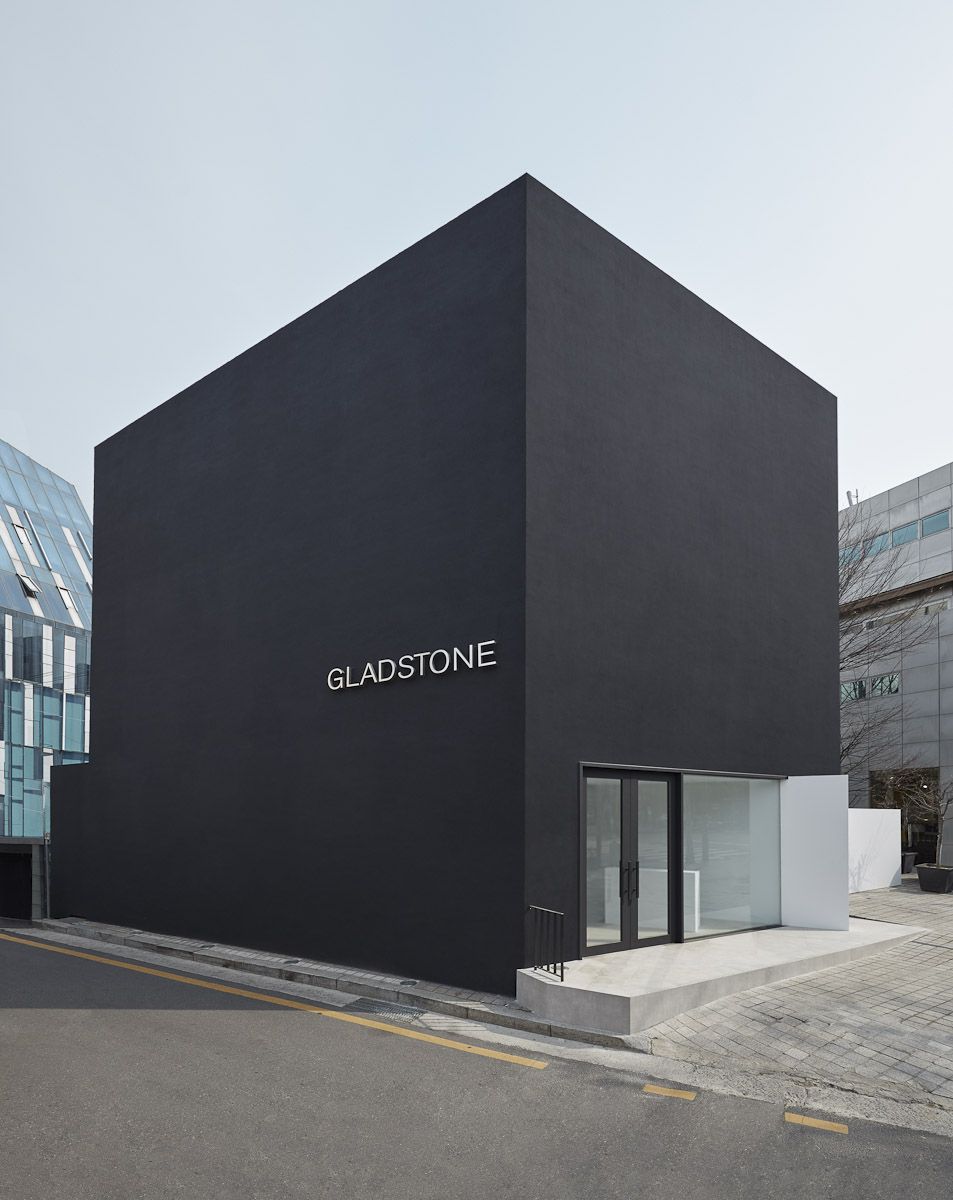Frieze Art Fair opens its inaugural edition in Seoul this week, following the opening of a number of international galleries in the city in recent years. Tatler explores how art could be the next K-culture phenomenon
“Every orthodontist, podiatrist, whoever: everyone seems to be collecting [art],” says Korean American gallerist Esther Kim Varet of the mushrooming South Korean art scene, adding: “It’s incredibly robust.” Varet opened a branch of her Los Angeles-originated gallery, Various Small Fires (VSF), in Seoul in 2018, and was taken aback by the response it received. “I was anticipating a slow growth when I opened the space four years ago, but collecting has gone so mainstream in Korea.”
For Varet, establishing a presence in Seoul felt like a natural move: she spoke the language and was familiar with the city and its culture. Moreover, her programme lent itself well to cross-cultural collaboration, as it primarily features American and Korean contemporary artists – a solo exhibition featuring the work of US artist Deidrick Brackens is currently on view at VSF Seoul. However, there has been a proliferation of well-established, blue-chip international galleries opening outposts across Seoul in recent years. While Varet’s operation has garnered acclaim, it’s considerably smaller than the likes of Perrotin, Peres Projects, Lehman Maupin, Pace, Gladstone, Thaddaeus Ropac and König, all of whom have claimed a stake in the Korean capital’s thriving art scene within the past five years.
Don't Miss: Ever Wondered What Kind of Art the Kings of K-pop Are Into?
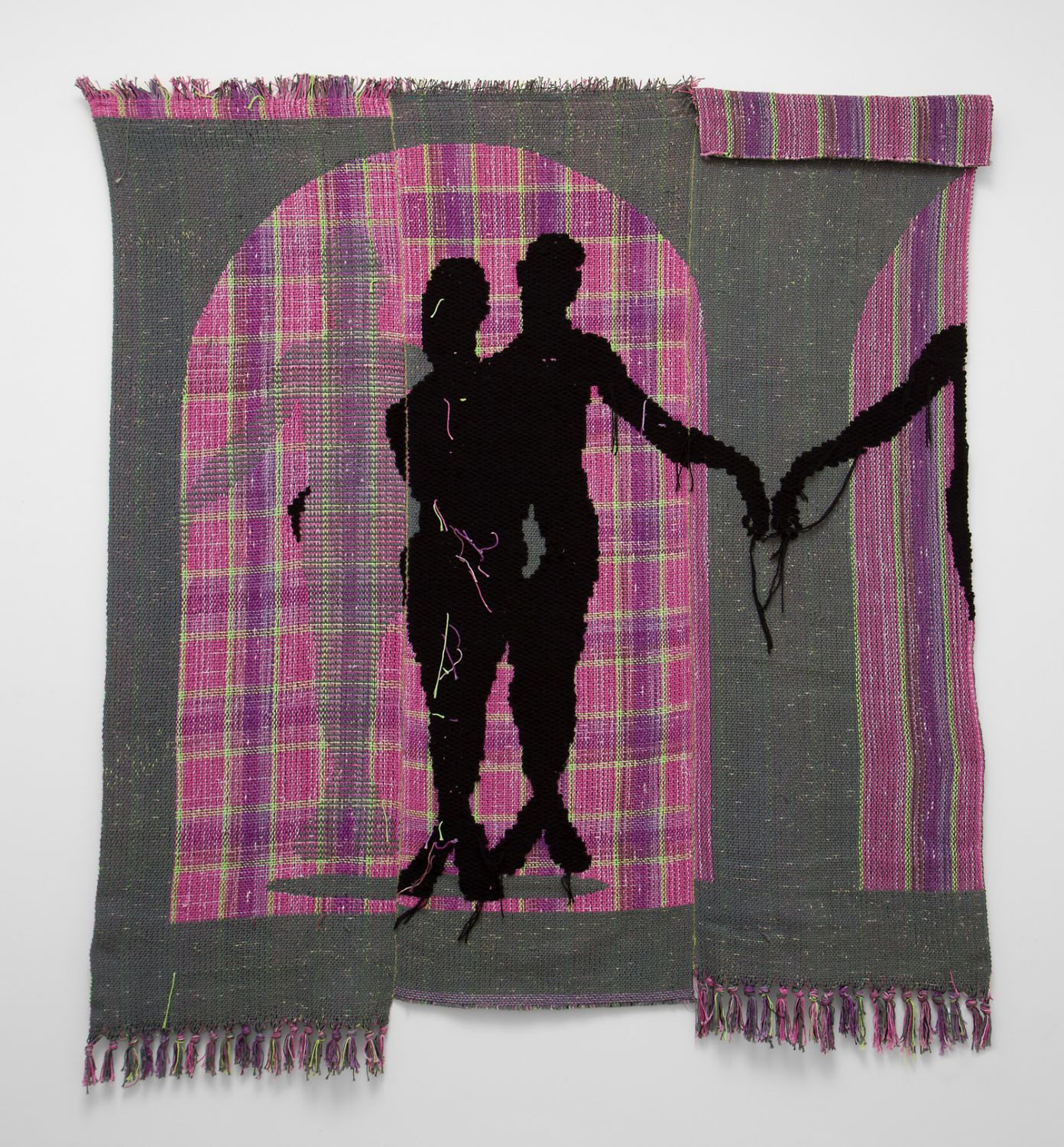
This year’s arrival of Frieze Seoul, the first Asian outpost of the international art fair, undoubtedly bolstered the hype. Held in partnership with the Galleries Association of Korea and coinciding with long-standing Korean art fair KIAF, held in the same venue, Coex, Frieze Seoul was a confident first foray into Asia. Originally founded in London in 2003, Frieze also has New York and Los Angeles editions. More than 110 galleries, both international and local, will participate in the new fair, the inauguration of which practically served as an announcement to the global art community that the Korean art world had finally arrived on a world stage.
“Korea has been under the radar for such a long time,” say Rachel Lehmann, co-founder of the New York-headquartered Lehmann Maupin gallery. “The addition of Frieze to an already dynamic arts scene will be the cherry on top of the cake.” Lehmann’s gallery has had a presence in Seoul since 2017, a new expanded gallery opened earlier this year in the city's affluent Hannam-dong neighbourhood, but its relationship with the country started 20 years ago when it started working with renowned Korean artist Do Ho Suh. Since then, it has represented two more significant Korean artists: Lee Bul and Suh Se Ok. As one of the first international gallerists to look to Korea, Lehmann counts off the major trends she has encountered within the Korean art scene in recent years: “The rise of young collectors, those who are after world-class contemporary art from different parts of the world, [and a] growing interest for Korean art in Korea.”

